
There are many methods of chemical cleaning. According to the type of chemical cleaning agents, they can be divided into alkaline cleaning, acid cleaning, surfactant cleaning, chelating agent cleaning, polyelectrolyte cleaning, disinfectant cleaning, organic solvent cleaning, composite agent cleaning, and enzymatic cleaning.
Alkaline cleaning is mainly used to remove fats, oils, and silica scale (SiO2) in the solution. Cleaning agents include sodium hydroxide (NaOH), calcium carbonate (CaCO3), sodium phosphate, sodium silicate, perborates, etc. Alkaline cleaning can remove both organic and inorganic pollutants. Perborates can also be used to clean colloidal substances within membrane pores.
Acid cleaning is mainly used to remove metal oxide scale, water scale (mineral deposits), and silica scale. Acid cleaning agents include hydrochloric acid (HCl), sulfuric acid (H2SO4), nitric acid (HNO3), and other acids. Acid cleaning primarily removes inorganic substances and insoluble materials from the membrane surface and pores. Its effectiveness against deposits formed by lipids, microorganisms, and suspended solids is relatively poor.
Surfactant cleaning is mainly used to disperse deposits formed by oils, fats, and microorganisms on the membrane surface. It can improve the contact between the cleaning agent and the deposits on the membrane surface, reduce water usage, and shorten cleaning time. Common surfactant cleaning agents are low-foam non-ionic surfactants and emulsifiers, used primarily for removing oils and fats.
Chelating agent cleaning is mainly used to remove scale such as iron oxides, calcium carbonate (CaCO3), and calcium sulfate (CaSO4). Common chelating agents include citric acid, EDTA, NTA, etc.
In addition, there are enzymatic cleaning, polyelectrolyte cleaning, and organic solvent cleaning. Enzymatic cleaning works well for cellulose acetate membranes (which are hydrophilic), but the process is slow and expensive. Polyelectrolytes are effective for removing calcium carbonate and calcium sulfate scale. Organic solvents are used to remove organic membrane fouling.
The key factors in chemical cleaning are the cleaning cycle, cleaning water temperature, cleaning agent concentration and pH, and the sequence of using different cleaning agents. In the design of a DTRO membrane system, the permeate recovery rate for each stage of DTRO is set to a specific value. When the membrane becomes fouled, the system continuously increases the operating pressure to achieve the designated recovery rate, and the transmembrane pressure difference also continuously rises. When the operating pressure increases rapidly, the system requires chemical cleaning.

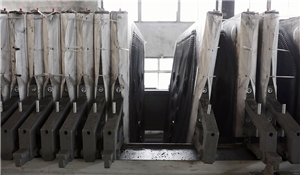

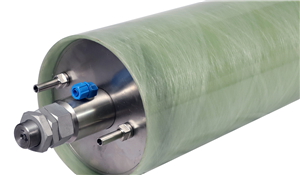



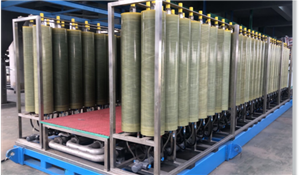
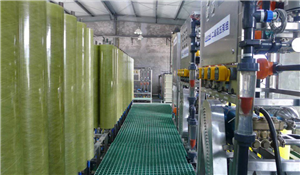
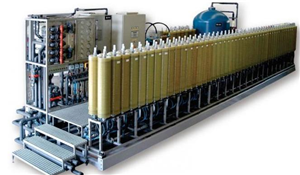


Henan Yuanhede Industrial Technology Co., Ltd.
East Industrial Park, Yuzhou City, Henan Province, China.
(+86)139 3822 7726
info@yhdegroup.com
www.yhdegroup.com